What Is band pegs?
Band pegs, also known as band anchors or band attachment points, are accessories commonly found on power racks, squat racks, and other types of weightlifting equipment. They are used in strength training to add accommodating resistance to exercises. Accommodating resistance is a training technique that aims to make an exercise more challenging throughout its range of motion.
Band pegs are usually small metal rods or hooks that protrude from the sides or top of a rack. Resistance bands can be attached to these pegs, and then the other end of the bands can be looped around the barbell or other lifting equipment. As you perform the exercise, the bands provide variable resistance by increasing tension as you move through the range of motion. This means that the exercise becomes more challenging at the points where you are traditionally stronger and less challenging at the points where you are traditionally weaker.
Different Kinds of Band Pegs

Band pegs are commonly used in strength training to attach resistance bands to barbells or other exercise equipment. They allow for accommodating resistance, where the resistance increases as you move through the range of motion. Different types of band pegs serve various purposes and can be used for specific exercises. Here are some of the different kinds of band pegs:
Straight Pegs: These are the most common type of band pegs. They are usually short metal pegs that can be attached to the holes on a power rack or squat rack. Straight pegs are versatile and can be used for exercises like squats, bench presses, and deadlifts.
Angled Pegs: Angled pegs, also known as multi-angle pegs, have a slanted design that allows you to attach resistance bands at different angles. This can provide variations in resistance throughout the movement and target different muscle groups.
Loop Pegs: Loop pegs are designed with a small loop or hook at the end, allowing you to thread the resistance bands through them. This design helps to secure the bands in place and prevents them from slipping off during exercises.
Adjustable Pegs: These are band pegs that can be adjusted in height or position. They are useful for accommodating individuals of different heights and for performing exercises that require varying band tension.
Chain Attachment Pegs: Some band pegs are designed to hold chains along with resistance bands. This combination adds an extra layer of variable resistance to your exercises.
Horizontal Pegs: Unlike traditional vertical pegs, horizontal pegs can be attached to the sides of a rack or platform. They are commonly used for lateral movements and exercises that involve pulling or pushing in a horizontal plane.
Rotating Pegs: Rotating pegs have a swivel mechanism that allows the resistance bands to rotate as you move through the exercise. This can reduce friction and provide a smoother resistance curve.
Swinging Pegs: Swinging pegs, also known as pendulum pegs, are designed to move freely as you exercise. They create instability and require greater stabilization, making exercises more challenging and engaging.
Specialized Pegs: Some manufacturers offer specialized band pegs designed for specific exercises or purposes. These might include pegs with built-in attachments for specific exercises like bicep curls or tricep extensions.
Why Add Band Pegs In Your Home Gym?
Adding band pegs to your home gym can be a valuable and versatile upgrade. Band pegs are attachments that allow you to anchor resistance bands or tubes to your equipment. Here are some reasons why adding band pegs to your home gym can be beneficial:
Variable Resistance: Resistance bands provide a form of resistance that increases as you stretch the band. This creates a different type of resistance curve compared to traditional weights. By using band pegs, you can incorporate variable resistance into your exercises, making them more challenging at the peak of the movement where your muscles are strongest.
Accommodating Strength Curves: Many exercises have strength curves where the resistance feels heaviest at certain points in the range of motion. Resistance bands can match these curves more closely than traditional free weights. By using band pegs, you can better target specific parts of an exercise's range of motion, providing a more balanced and effective workout.
Joint-Friendly: Resistance bands are generally gentler on your joints compared to heavy weights, making them a great option for individuals with joint issues or those recovering from injuries. Band pegs allow you to use resistance bands as your primary form of resistance, reducing the impact on your joints.
Portable and Space-Efficient: Resistance bands are compact and lightweight, making them easy to store and transport. Adding band pegs to your home gym allows you to perform a variety of exercises with minimal equipment, saving space and reducing clutter.
Variety of Exercises: With band pegs, you can perform a wide range of exercises that may not be possible with just free weights or machines. These include banded squats, banded bench presses, banded deadlifts, banded pull-ups, and more. This variety can keep your workouts interesting and target muscles from different angles.
Cost-Effective: Resistance bands are generally more affordable than buying a complete set of free weights or gym machines. Adding band pegs to your existing equipment can provide you with an economical way to expand your workout options.
Progressive Overload: Progressive overload is a fundamental principle of muscle growth and strength development. With resistance bands and band pegs, you can easily adjust the resistance to gradually increase the challenge as you get stronger, promoting continuous progress.
Versatility: Band pegs can be attached to various pieces of gym equipment, such as power racks, squat racks, and benches. This versatility allows you to incorporate bands into a wide range of exercises and adapt them to your preferred workout routine.
Enhanced Power and Speed Training: Resistance bands can be used to develop explosive power and speed. By adding band pegs to your home gym, you can incorporate exercises like banded jumps, sprints, and agility drills to enhance your athletic performance.
How To Use The Band Pegs For Exercise?
Using straight band pegs in a rack for exercise involves attaching resistance bands to the pegs to add variable resistance to your movements. Here's how you can use straight band pegs in a rack for various exercises:
Setup:
Rack Selection: Make sure you have a power rack, squat rack, or similar equipment with holes for band peg attachments. These holes are typically located on the outside of the rack's uprights.
Band Selection: Choose the appropriate resistance bands based on your strength level and the exercise you plan to perform. Resistance bands come in different colors or levels of resistance.
Attachment: Insert the straight band pegs into the holes on the rack's uprights. Ensure they are securely placed and won't move during your workout.
Exercises:
Here are a few exercises you can perform using straight band pegs in the rack:
Banded Squats:

Attach the resistance bands to the pegs at the bottom of the rack.Step inside the loop of the bands and position them over your shoulders.
Perform squats while the bands provide resistance throughout the movement. This adds extra resistance as you stand up, challenging your muscles more in the top position.
Banded Bench Press:
Attach the bands to the pegs at the bottom of the rack.
Loop the bands around the barbell and secure them.
Lie on the bench and perform bench presses. The bands will provide additional resistance as you press the barbell upward.
Banded Deadlifts:
Attach the bands to the pegs at the bottom of the rack.
Loop the bands around the barbell or load the bar with plates and anchor the bands to the ground.
As you lift the barbell, the bands will stretch and provide more resistance as you stand up, engaging your muscles throughout the lift.
Banded Pull-Ups:
Attach the bands to the pegs at the top of the rack.
Secure the other end of the bands around the pull-up bar.
This will assist you in pull-ups by reducing the weight you need to lift, making the exercise more achievable. As you get stronger, you can use thinner bands or adjust the setup for more resistance.
Banded Shoulder Press:
Attach the bands to the pegs at the top of the rack.
Stand facing the rack and hold the bands at shoulder height with your elbows bent.
Press the bands overhead, engaging your shoulder muscles against the resistance.

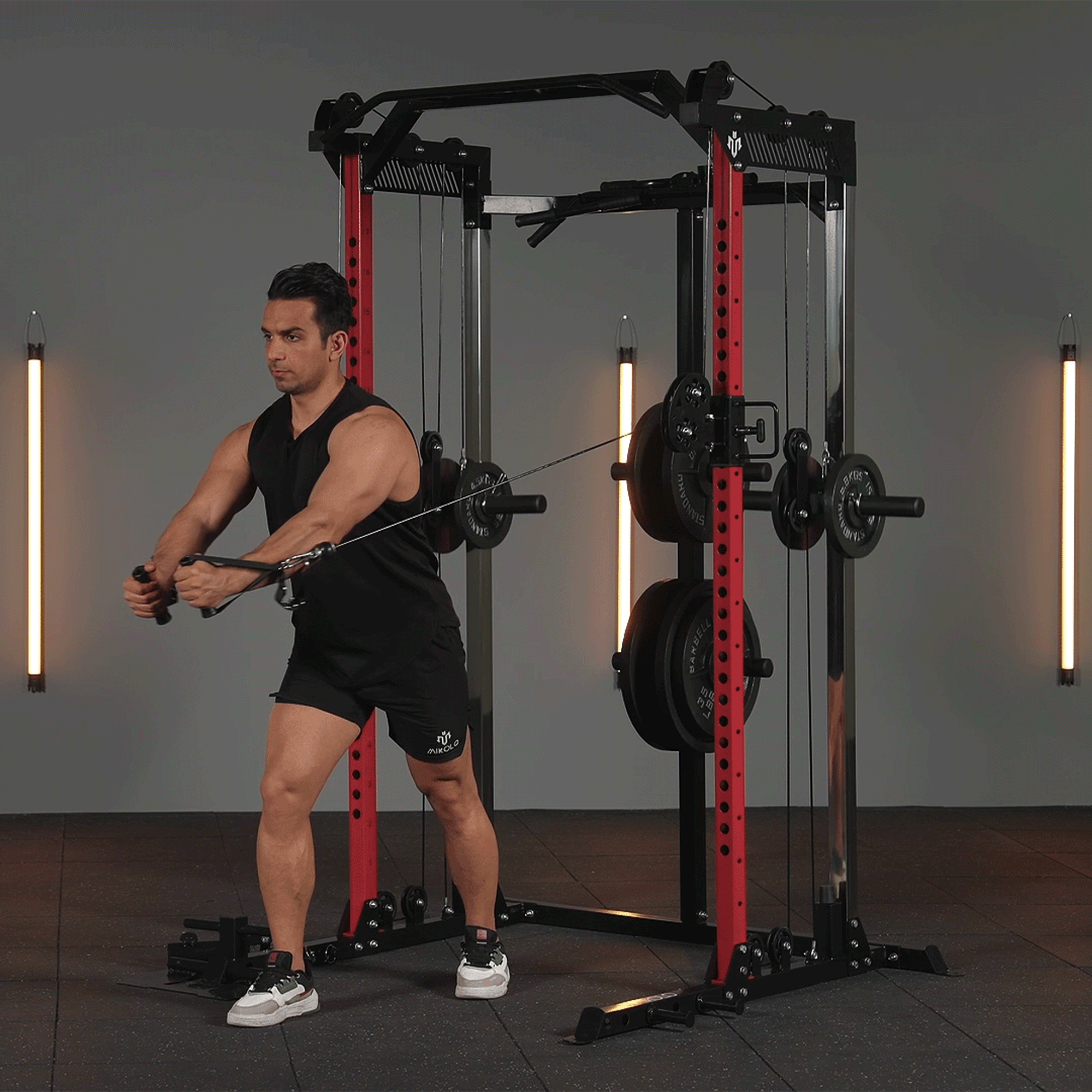



















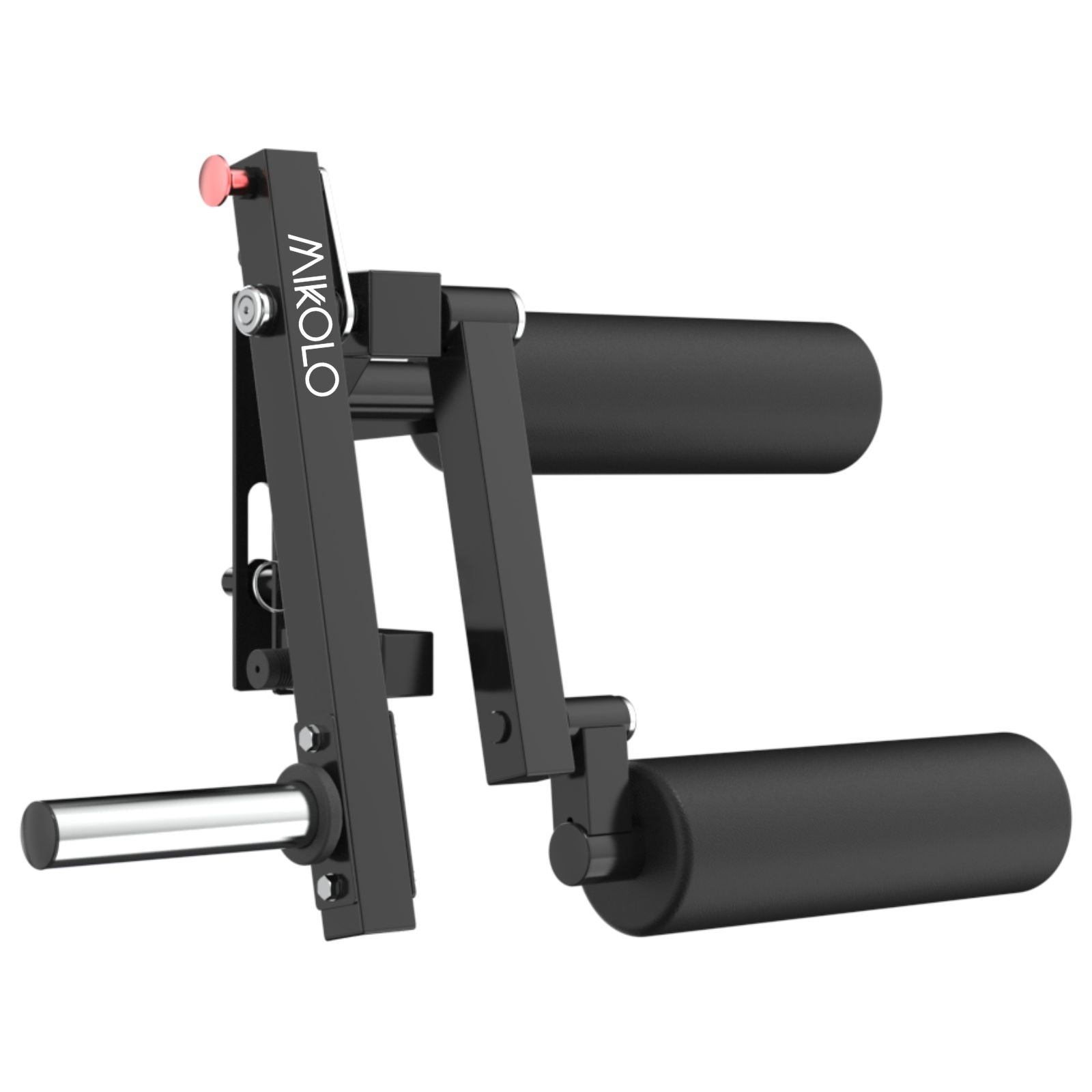

















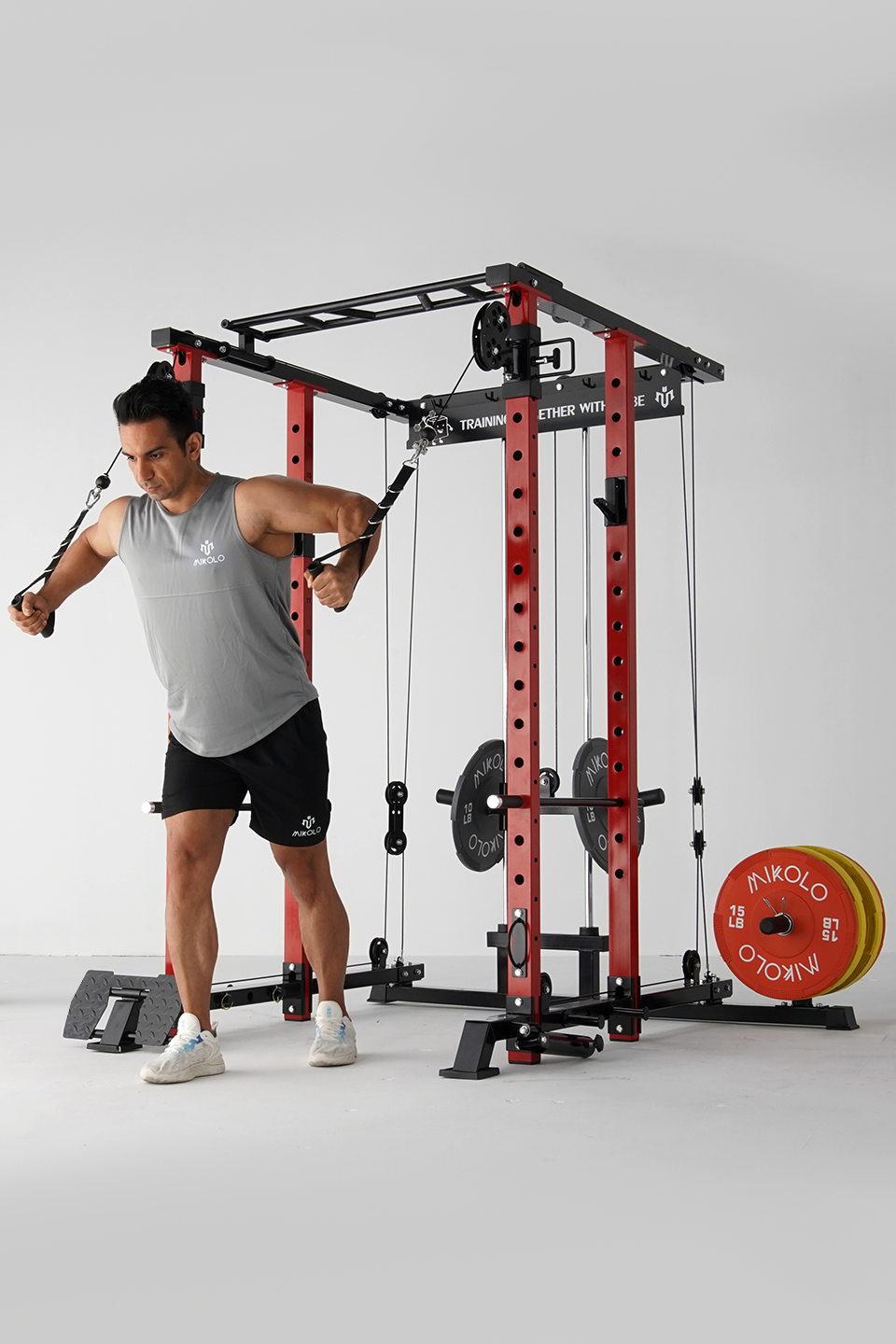
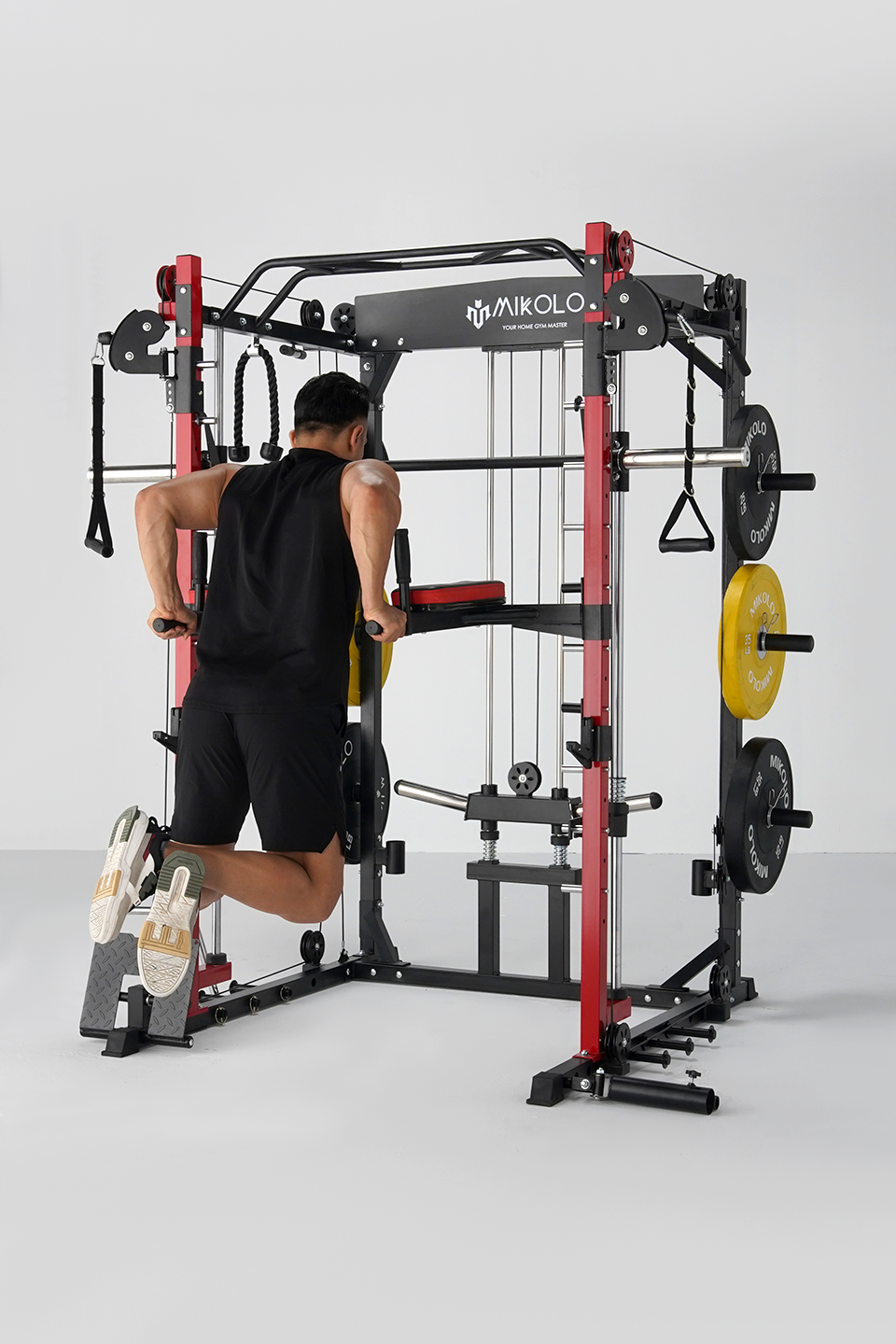


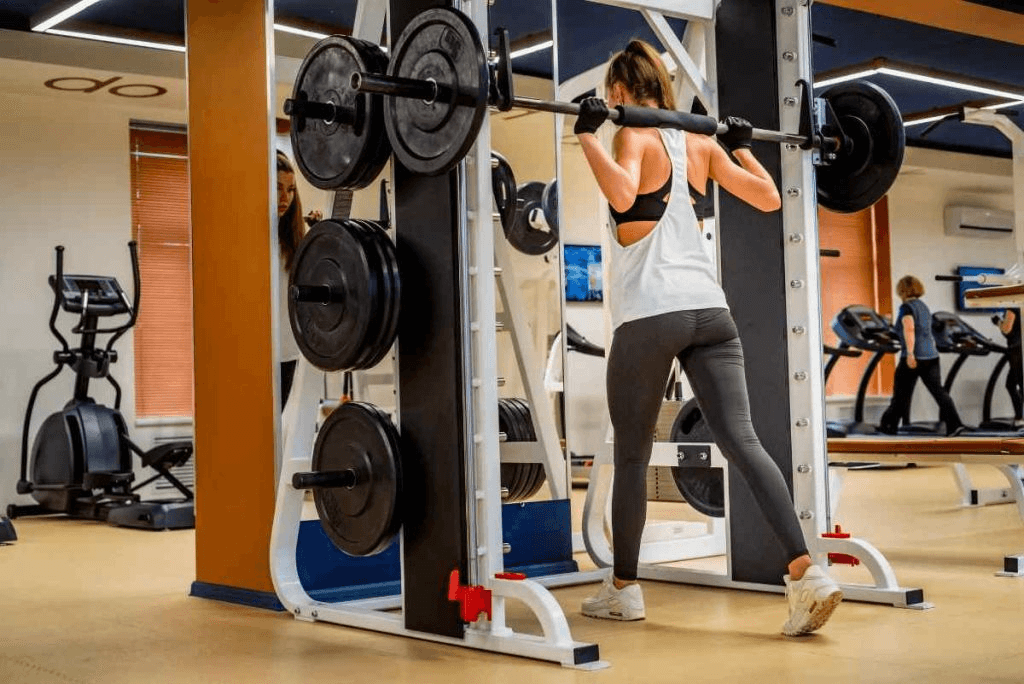
Leave a comment
This site is protected by hCaptcha and the hCaptcha Privacy Policy and Terms of Service apply.